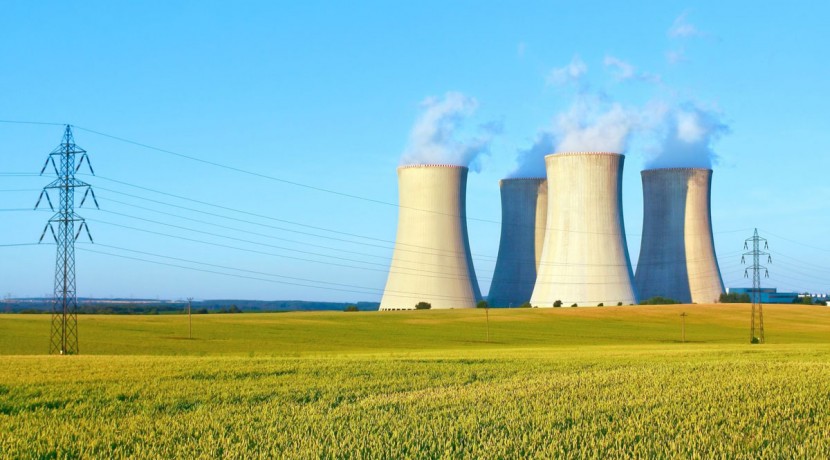Nuclear Energy without Fear
Today, March 11, marks the third anniversary of the earthquake and tsunami that led to the disaster at the Fukushima-Daiichi Nuclear Complex in Japan. On this occasion many are looking back at what happened and why, and are also looking forward to what can be done to prevent such an occurrence in the future.

There was minimal damage to the Fukushima nuclear plant caused by the earthquake itself. As designed, the plant shut down. Once shut down, however, nuclear power plants still generate tremendous amounts of decay heat that must be cooled by water being circulated by pumps.
The pumps at Fukushima were operating as designed until several hours after the earthquake when the tsunami struck. It not only knocked out electric power to the plant, it also flooded the generators used as back-up power. Without power to circulate cooling water, decay heat led to partial meltdown and hydrogen explosions.
The plain truth is that right now the only other power source that can fill our needs for the foreseeable future is fossil fuel and its unavoidable greenhouse gases. Nuclear power does not produce greenhouse gases. And so the question before us is whether there is a nuclear technology safe enough to relieve our fear.
Such technology lies in the Molten Salt Reactor (MSR). The MSR was invented, developed, tested, and operated virtually flawlessly for over 20,000 hours at Oak Ridge National Laboratory between 1965 and 1969. If it had been in place at Fukushima, the disaster would have been prevented.
Two critical factors make the MSR different from, and orders of magnitude safer than, the typical solid-fuel pressurized water reactor, like the ones at Fukushima.
First, in an MSR the reaction takes place in a very hot molten mixture of lithium and beryllium fluoride salts. That’s right. Everything takes place in a salt fluid about the consistency of water. When the location of the process is already molten salt, there is nothing to “melt down.”
The second factor is that the molten mixture is at basically atmospheric pressure. Like all such plants, the water in the plant at Fukushima had to be maintained at something like 2250 PSI to prevent it from boiling and flashing to steam. (For reference, the air in the tires on your car is at 35 PSI.) The whole thing is a stupendous pressure cooker.
The MSR is “walk-away safe.” First, the reaction takes place completely within a liquid that is free to expand and contract. Based on laws of physics, when the reaction gets too hot for whatever reason, the liquid expands, which has the effect of slowing and cooling the reaction automatically. No electricity necessary. No operator necessary.
There’s more. Beneath the reactor vessel is a pipe leading to a protected underground chamber. In the pipe is a solid plug of salt kept cool by technology not much more complex than an electric fan. If there is a power failure, which is what happened at Fukushima, the fan stops and the solid salt plug soon melts. The molten liquid contents freely drain by gravity into the underground chamber, rather like the water draining from your bathtub.
The reaction stops instantly. The chamber is cooled passively by air so there is no need for water or electric pumps. In time, the molten salt/fuel mixture solidifies into a substance resembling green glass. It is radioactive but safely contained. It cannot migrate into either the air or water table.
If the reactors at Fukushima had been MSRs, they would have shut down and drained automatically. The tsunami would have caused the same devastation that it caused to the whole area but there would have been no core meltdown, no hydrogen explosion, no release of radiation. And no cleanup.
When the water from the tsunami receded and power was restored, heaters in the MSR would have re-melted the fuel salt mixture, pumps would have returned the mixture to the undamaged reactor core, and the plant would soon have been generating much needed electricity again.
The MSR is a technology that deserves to be examined closely.
Tags: Fukushima, Nuclear Energy